Could an exploding star – a supernova – cause a mass extinction on Earth? One study suggests that may have happened twice already.
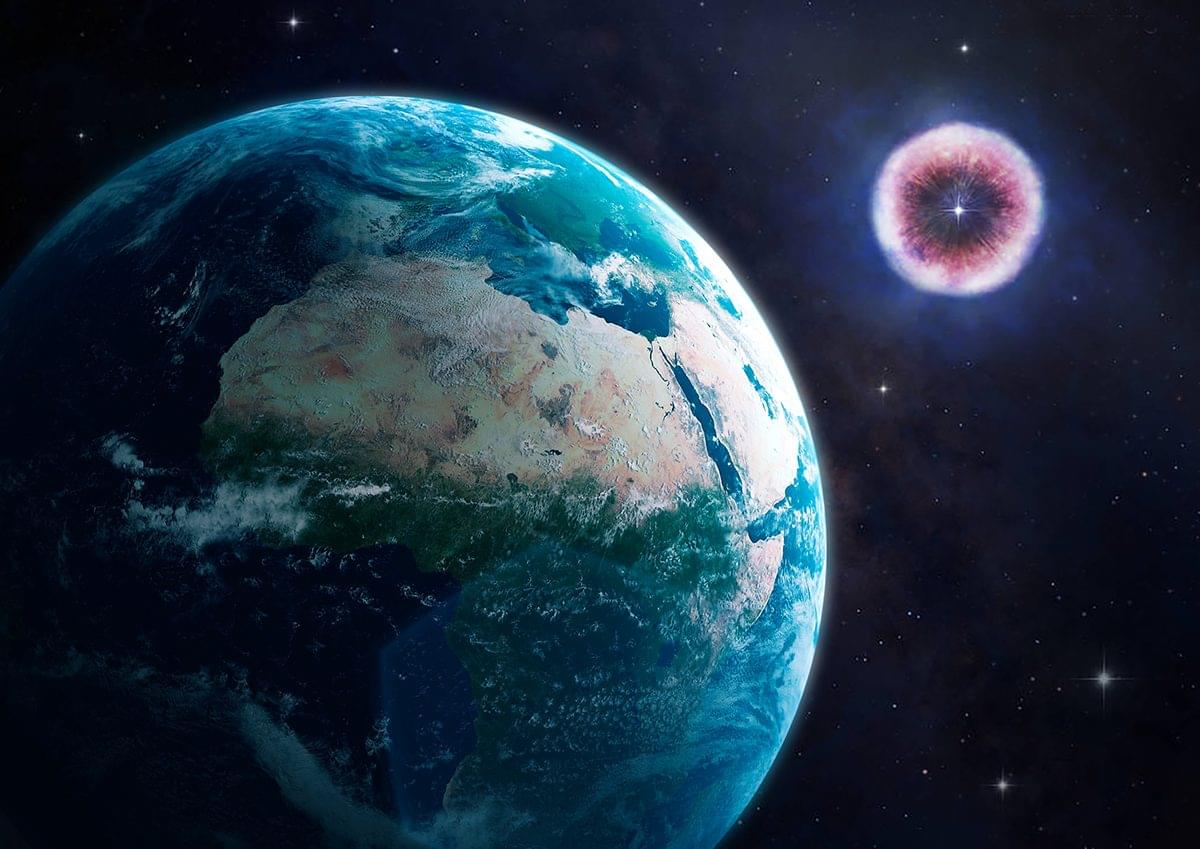

Basically there are three meteorites in our solar system that may pass by earth but most likely far away from the earth. Even though this news site says it may hit earth I am not quite certain it will.
Asteroid 2025 OW, the size of a skyscraper, is tearing through space next week—and it’s coming perilously close to Earth. NASA says no impact risk this time, but astronomers are sounding the alarm: these cosmic flybys are more frequent and more dangerous than you think. See why we dodged disaster and what happens if luck runs out.
#asteroid #earth #wion.
About Channel:
WION The World is One News examines global issues with in-depth analysis. We provide much more than the news of the day. Our aim is to empower people to explore their world. With our Global headquarters in New Delhi, we bring you news on the hour, by the hour. We deliver information that is not biased. We are journalists who are neutral to the core and non-partisan when it comes to world politics. People are tired of biased reportage and we stand for a globalized united world. So for us, the World is truly One.
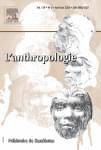
0,
In a study published last week in the journal L’Anthropologie, researchers re-analyzed fragments of Skhūl I, the name for remains belonging to a likely female child between the ages of 3 and 5. While the individual is currently recognized as an anatomically modern human, Homo sapiens, its classification remains contentious, given that it has some Neanderthal-like features. Now, the new study suggests the child might have been a hybrid—and potentially had one Homo sapiens parent and one Neanderthal parent.
To reach this conclusion, the team conducted CT scans of the child’s neurocranium—the part of the skull that protects the brain—and jaw. They compared the resulting 3D models to remains of other Homo sapiens and Neanderthal children. In short, they found the neurocranium to be more similar to that of a modern human, while the jaw was more akin to a Neanderthal’s.
“The combination of features seen in Skhūl I may suggest that the child is a hybrid,” the researchers write in the study. “In the Middle Pleistocene, the Levant was the crossroad of gene flows between Indigenous lineages and other taxa from Africa and Eurasia, which is likely the explanation for Skhūl I anthropological.”
Their results align with genetic evidence indicating that modern humans and Neanderthals didn’t just cross paths—they interbred for thousands of years. In fact, some research has suggested Homo sapiens drove Neanderthals to extinction not with violence, but by absorbing them into their population through interbreeding. Regardless of the reason for Neanderthals’ demise, many humans have Neanderthal DNA today.
nouvelle analyse du neurocr ne et de la mandibule de l’enfant Skhūl I : conclusions taxonomiques et implications culturelles.
It’s 3:43 AM. Sirens are howling. Your phone lights up: DEFCON 1. Multiple ICBMs inbound.
World War 3 has just begun.
Would you know what to do in the first minutes? Most people freeze. This guide is for those who act.
In this video, we walk you through the real first steps to take if global war breaks out — not theory, not panic, but practical survival strategy for the first 24 hours: from identifying if you’re in a high-risk zone, to securing water and food, to communicating with loved ones when the grid is down.
💥 Whether it’s a nuclear attack, an EMP, or a cyber blitz — this is what you need to know before it’s too late.
Topics we cover include:
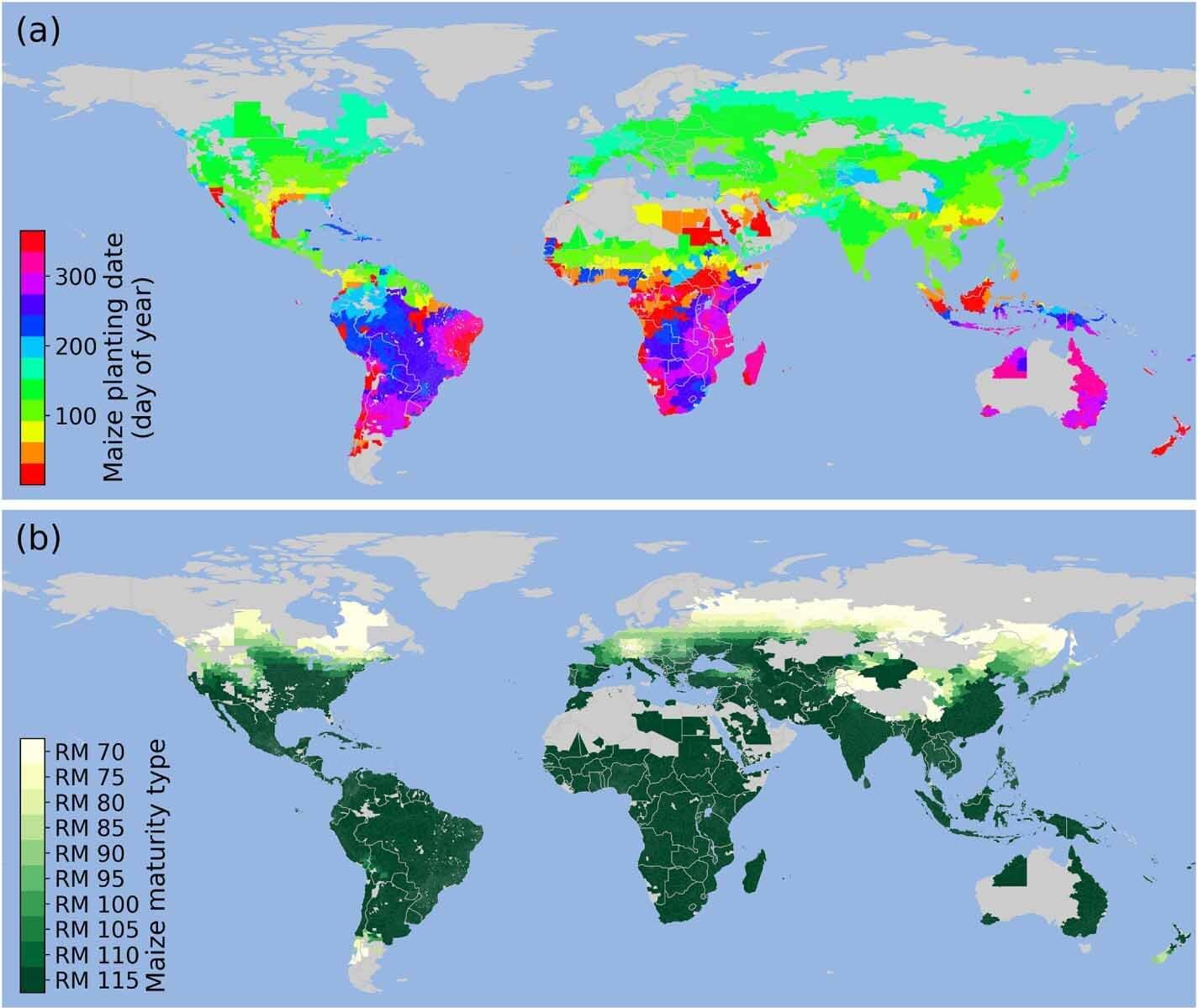
A nuclear winter is a theoretical concept, but if the climate scenario expected to follow a large-scale nuclear war, in which smoke and soot from firestorms block sunlight, came to fruition, global temperatures would sharply drop, extinguishing most agriculture. A nuclear winter could last for more than a decade, potentially leading to widespread famine for those who survive the devastation of the bomb blasts.
Now, a team led by researchers at Penn State have modeled precisely how various nuclear winter scenarios could impact global production of corn—the most widely planted grain crop in the world. They also recommended preparing “agricultural resilience kits” with seeds for faster-growing varieties better adapted to colder temperatures that could potentially help offset the impact of nuclear winter, as well as natural disasters like volcanic eruptions.
In findings recently published in Environmental Research Letters, the team reported that the level of corn crop decline would vary, depending on the scale of the conflict.
Could cosmic silence be a survival strategy?
Questions to inspire discussion.
Safety and Performance.
🛡️ Q: How does Tesla’s full self-driving system compare to human driving in terms of safety? A: According to Elon Musk, Tesla’s end-to-end neural networks trained on massive video datasets have been proven to be dramatically safer than average human driving.
⚡ Q: What recent hardware upgrade has improved Tesla’s full self-driving capabilities? A: Tesla’s AI4 hardware has been upgraded to 150–200 watts, enabling more complex neural networks and faster decision-making, achieving 36 frames per second processing.
Scalability and Efficiency.
📈 Q: Why is Tesla’s vision-only approach considered more scalable than competitors’ methods? A: Tesla’s vision-only approach is more scalable than competitors’ use of multiple sensors, sensor fusion, and high-definition maps, as stated by BU’s Robin Lee.
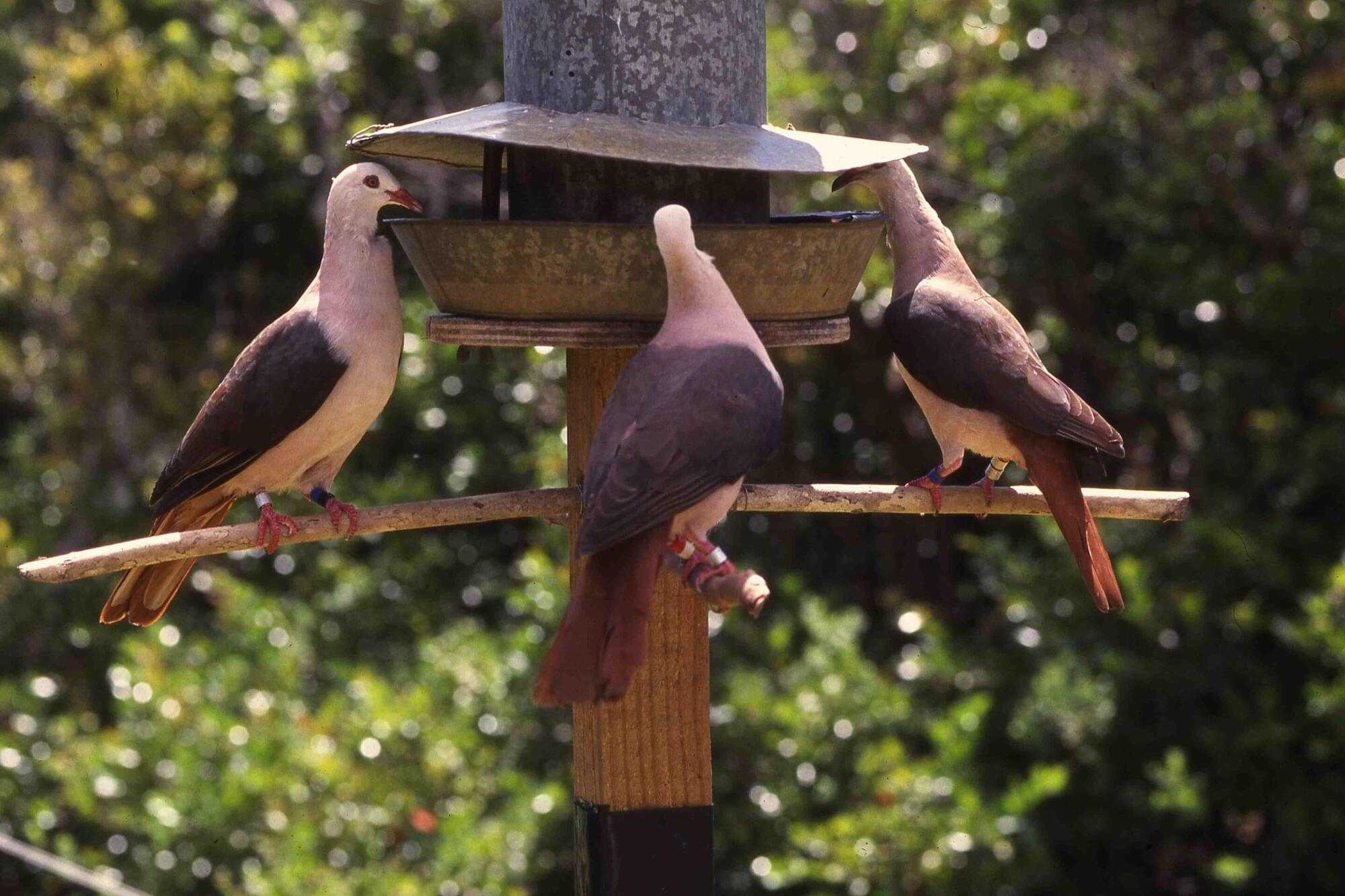
A mystery interstellar object discovered last week is likely to be the oldest comet ever seen—possibly predating our solar system by more than 3 billion years, researchers say.
The “water ice-rich” visitor, named 3I/ATLAS, is only the third known object from beyond our solar system ever spotted in our cosmic neighborhood and the first to reach us from a completely different region of our Milky Way galaxy.
It could be more than 7 billion years old, according to University of Oxford astronomer Matthew Hopkins—who is discussing his findings at the Royal Astronomical Society’s National Astronomy Meeting (NAM 2025) in Durham—and may be the most remarkable interstellar visitor yet.
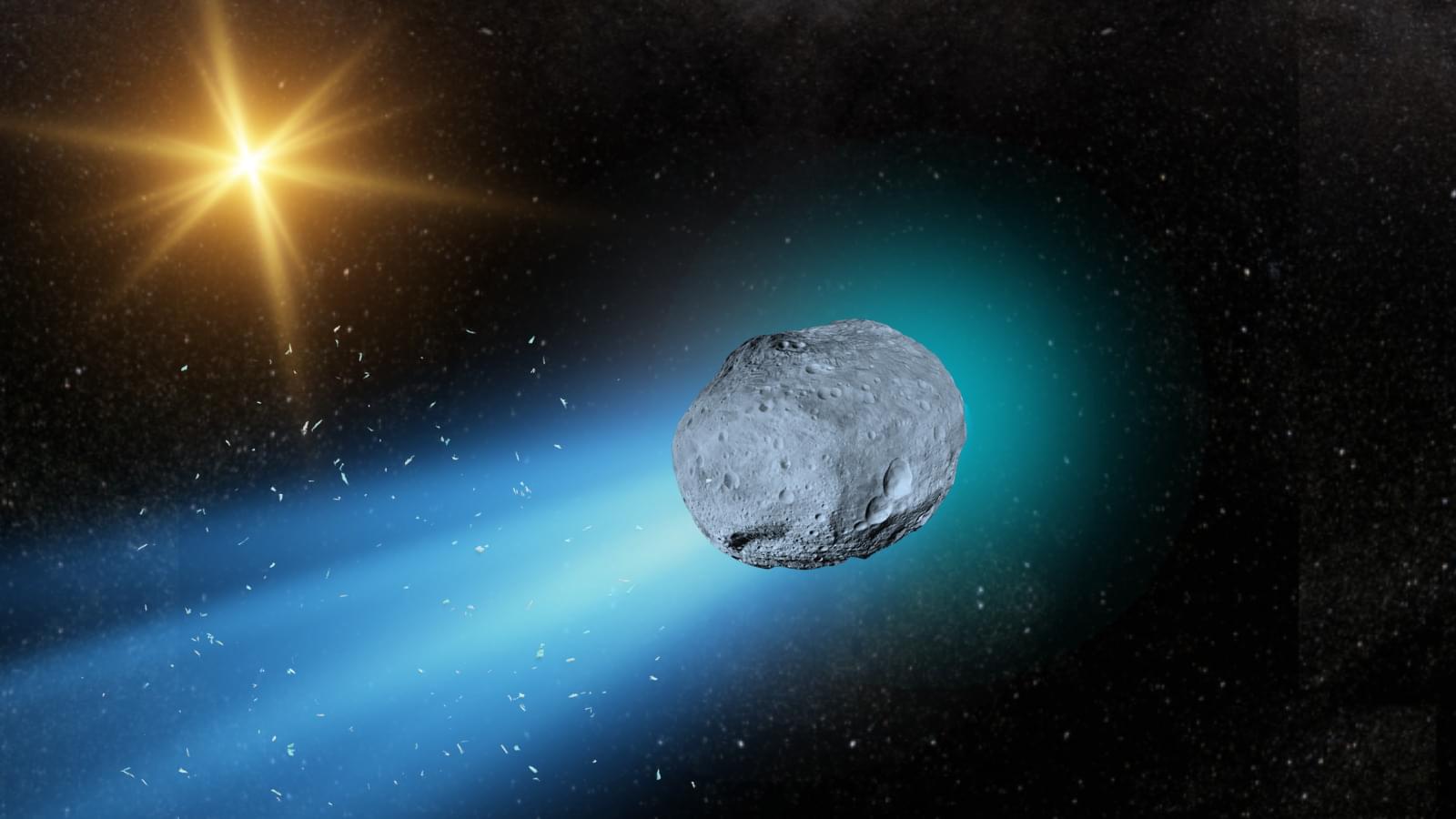
The thick disk is a band of our galaxy’s most ancient stars that sandwiches the thin disk, which formed more recently and contains our relatively young star, the sun, and the solar system.
“This is an object from a part of the galaxy we’ve never seen up close before,” University of Oxford astrophysicist Chris Lintott said. “We think there’s a two-thirds chance this comet is older than the solar system, and that it’s been drifting through interstellar space ever since.”
If 3I/ATLAS originates from the Milky Way’s thick stellar disk, and thus formed around an ancient star, this also has implications for its chemical composition. Hopkins and crew suggest the interstellar interloper may be rich in water ice.